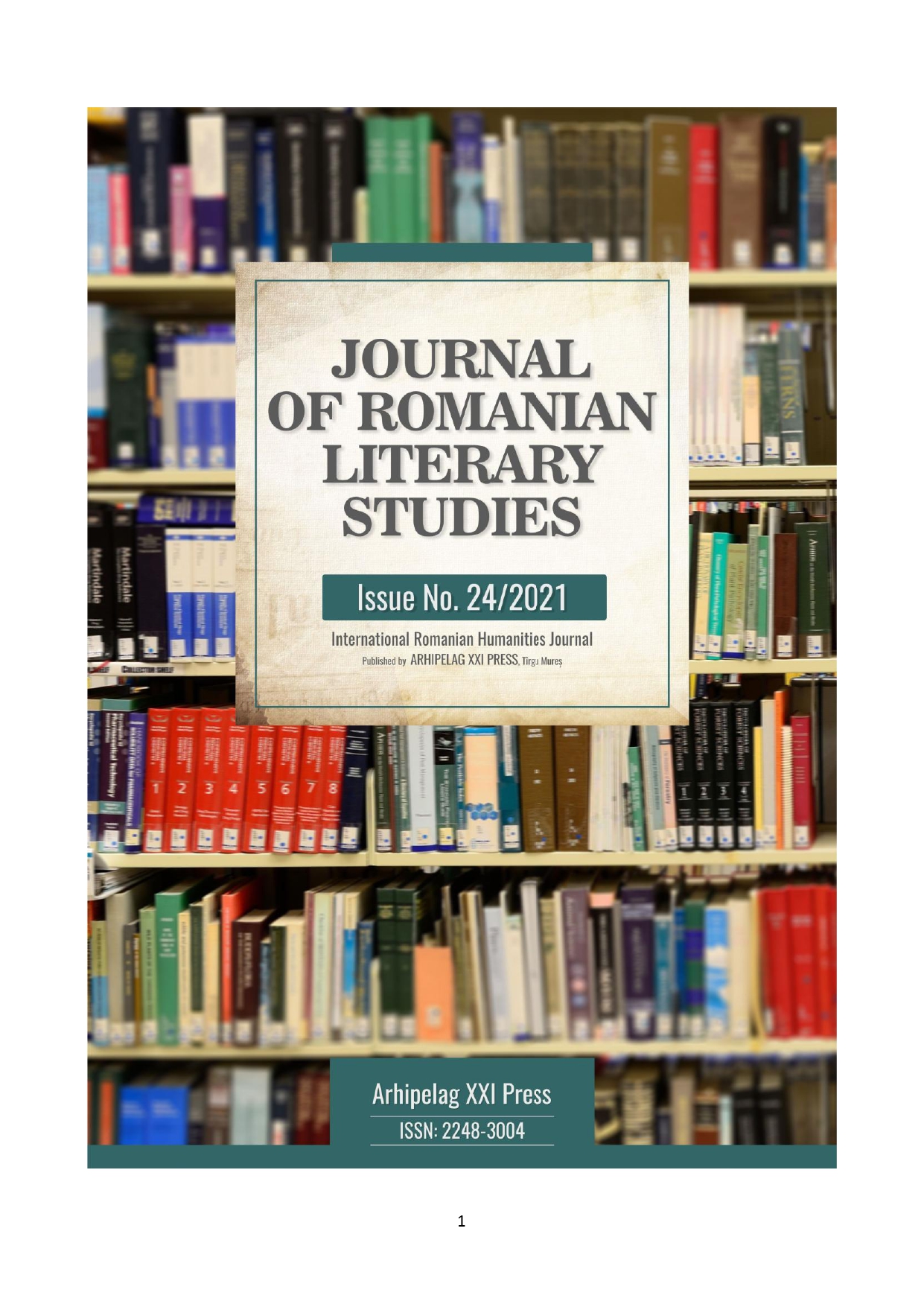THE POLITICAL-RELIGIOUS LIFE OF THE ORTHODOX ROMANIANS FROM TRANSYLVANIA IN THE 9TH TO 16TH CENTURIES AND THE SIGNIFICANCE OF THE ARCHITECTURE OF WOODEN CHURCHES WITHIN THE EUROPEAN CONTEXT
THE POLITICAL-RELIGIOUS LIFE OF THE ORTHODOX ROMANIANS FROM TRANSYLVANIA IN THE 9TH TO 16TH CENTURIES AND THE SIGNIFICANCE OF THE ARCHITECTURE OF WOODEN CHURCHES WITHIN THE EUROPEAN CONTEXT
Author(s): Ionel ChiraSubject(s): Cultural history, History of Church(es), History of ideas, Middle Ages, Politics and religion, 16th Century, Eastern Orthodoxy, History of Religion
Published by: Editura Arhipelag XXI
Keywords: Orthodox Church; political realities; Catholicism; Calvinism; hierarchs; churchly art; European context;
Summary/Abstract: The Orthodox Church in Transylvania played an overwhelming role in the history of the Romanian people, because the entire cultural and religious life of the Romanians from the intra Carpathian lands revolved around it. The churchly organization of the 14th to 18th centuries of the Transylvanian Romanians, shows that there were a large number of churches and monasteries in which many monks, priests and hierarchs, in the harshest conditions and circumstances, bravely fought the Calvinist teachings and Catholic proselytism. for preserving the faith and strengthening the unity of Romanians around the Orthodox Church. In Transylvania, the Orthodox architectural art could not develop as in Wallachia and Moldavia because of the foreign oppression. Characteristic for the religious architecture in Transylvania are the wooden churches that show significant similarities with those in the European Carpathian region.
Journal: Journal of Romanian Literary Studies
- Issue Year: 2021
- Issue No: 24
- Page Range: 471-481
- Page Count: 11
- Language: English

